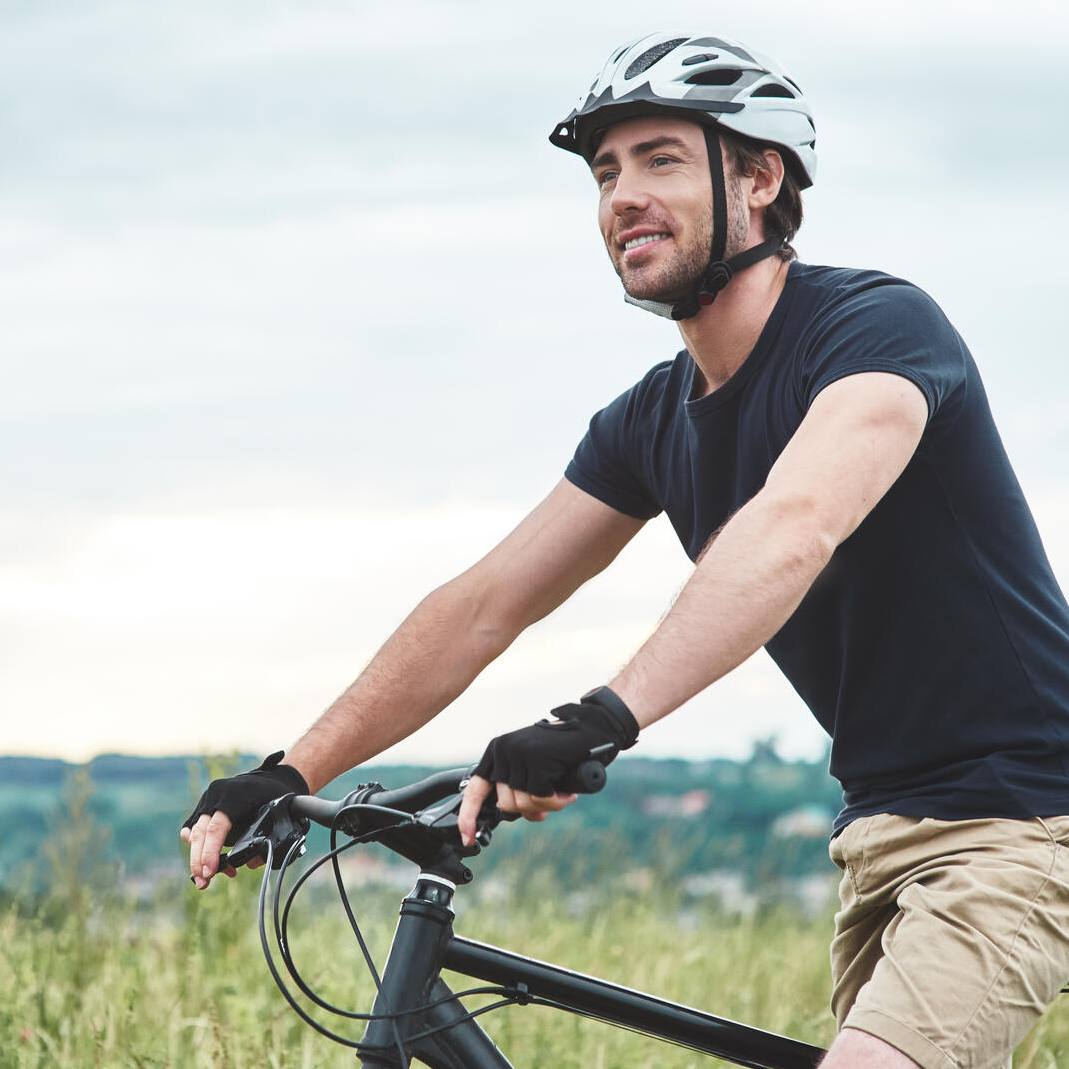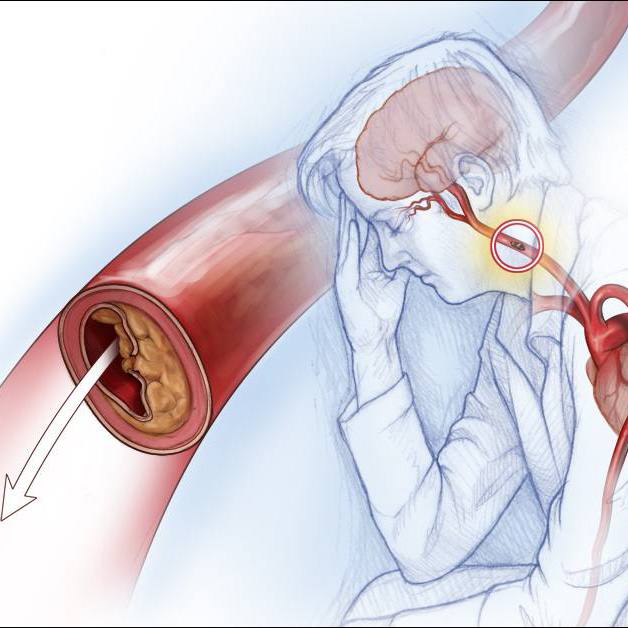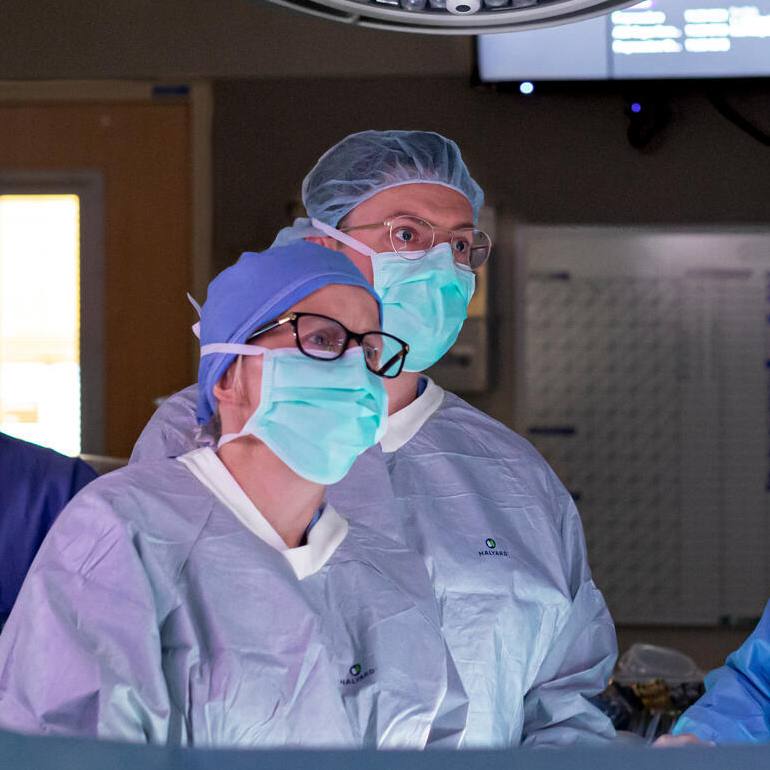-
Mayo Clinic Minute: How to prevent injuries when playing pickleball
The game of pickleball is surging in popularity across the country. It can be played at any age and skill level. While many might assume pickleball is a slower, lower-impact sport, experts at Mayo Clinic say it's important to remember that injuries from playing pickleball can and do happen.
Journalists: Broadcast-quality video (0:59) is in the downloads at the end of this post. Please courtesy: "Mayo Clinic News Network." Read the script.
"P" is for pickleball. And Mayo Clinic hand and wrist surgeon Dr. Sanj Kakar says there are four other P's that players should remember to avoid injury.
"No. 1: You have to have proper stretching. When we get on the pickleball court, we think it's a smaller court. It's a slower sport. We don't have to stretch. And forget about hand and wrist injuries, we see so many Achilles tendon injuries," says Dr. Kakar. "Proper stretching starts from the feet up. And that includes the lower extremities, the back, the neck and the upper extremities."
"No. 2: You have to practice with a purpose. Rather than spending an hour on the court with repetitive, repetitive, repetitive — that leads to chronic injuries, chronic use, chronic overuse."
"No. 3: You have to have proper equipment. Do they have the appropriate paddle? Is the grip thick enough? As we get older, for example, when we pinch, that puts further areas of stress on the hand. And, so, when you're squeezing so hard, it can lead to increased pressure on the wrist."
"And finally, and probably most importantly, is proper mechanics because the ball doesn't bounce as high, when they're actually going for the ball. The motion is actually more violent than, I would say, tennis."
Related Articles







